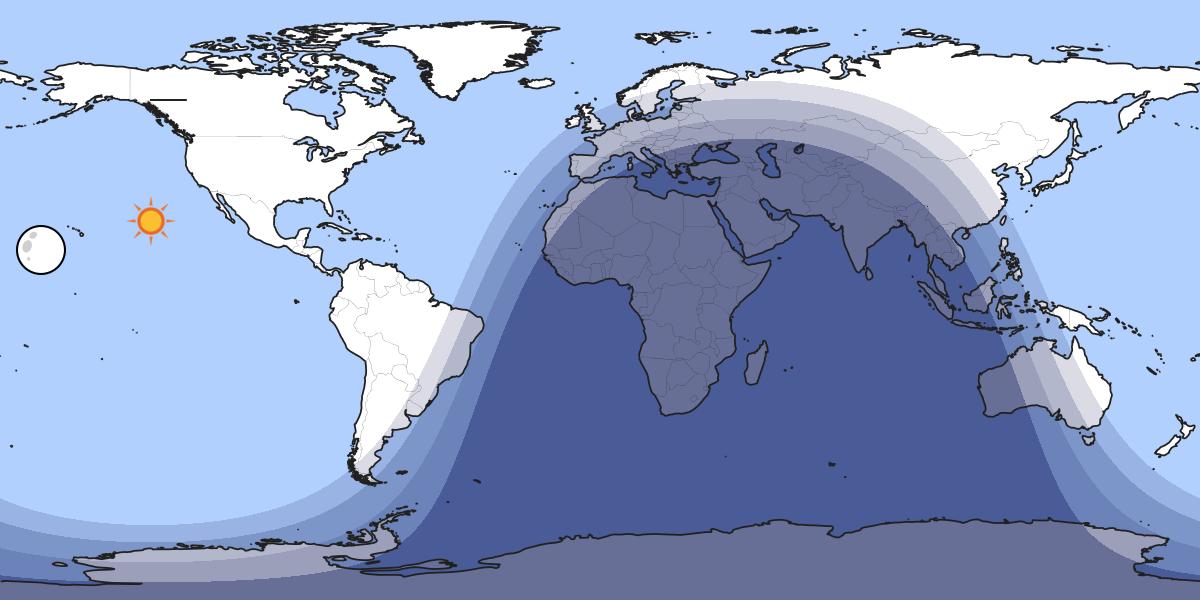Tom Binney
New Member
Hey guys, still new to the site (so by all means move/edit/etc this post if it is out of place) and a huge fan of Mick and the length he goes to, especially with practical methods, to debunk or at least point out potential flaws.
Today YouTube suggested a FE video for me entitled "Flat Earth- Debunk THIS!:
Source: https://www.youtube.com/watch?v=_CoEpApTr8Y
In brief, the YouTuber (who is not the gentleman pictured) is using a day/night cycle map on dateandtime.com to show that the UK and Australia have daylight for at least some part of their day every day, and you can't recreate this on a globe. A challenger then says to pick a few dates and he will prove to the original poster you can. Original poster gives some dates... you get the idea.
I pulled out my globe, a flashlight, an eyepiece lense from my telescope to widen and defuse the flashlight beam a bit and couldn't make it work. Rather than decide OMG, it IS flat, I did a little research and in short below was my posted reply, please let me know if this makes sense to you guys (or if you see any glaring flaws on my part), I was shooting for practical methods over science statements that are just going to be argued with:
Today YouTube suggested a FE video for me entitled "Flat Earth- Debunk THIS!:
Source: https://www.youtube.com/watch?v=_CoEpApTr8Y
In brief, the YouTuber (who is not the gentleman pictured) is using a day/night cycle map on dateandtime.com to show that the UK and Australia have daylight for at least some part of their day every day, and you can't recreate this on a globe. A challenger then says to pick a few dates and he will prove to the original poster you can. Original poster gives some dates... you get the idea.
I pulled out my globe, a flashlight, an eyepiece lense from my telescope to widen and defuse the flashlight beam a bit and couldn't make it work. Rather than decide OMG, it IS flat, I did a little research and in short below was my posted reply, please let me know if this makes sense to you guys (or if you see any glaring flaws on my part), I was shooting for practical methods over science statements that are just going to be argued with:
So here's my two cents, and I'm not here to defend anyone else, just to point out what I see as a flaw in your method. You are using a generic day/night map that is trying to play out over a flat representation of the actual global earth, it's meant to give a rough idea of day/night but it isn't intended to be 100% accurate.
So here's what I did:
Looked up the westernmost city on the mainland UK, chose Penzance, UK as a good point.
Looked up the easternmost city in Australia, settled on Cape Byron, NSW.
Sunset is going to be 16:22 on December 21, 2017 in Penzance with Civil Twilight at 17:00
Sunrise is going to be at 5:44 on December 22, 2017 in Cape Byron (because it's the next day) with first light coming at around 5:17
Penzance is UTC +0, i.e. its time IS UTC
Cape Byron is UTC +11
When it is 17:00 (or 5 PM) in Penzance at (not quite) last light on December 21, 2017 is will be 4:00 (or 4 AM, the easiest way to think about this is simply 17 + 11 - 24 to do the math) on December 22, 2017 in Cape Byron, NSW and first light won't be fore over an hour with actual sunrise an hour and three quarters away. They will NOT both have daylight at the same time on this day.
Now, both Penzance and Byron Bay, being coastal and touristy, have public webcams you can view online. So I recommend searching them out and having a window open to each the US afternoon of December 21 and see for yourself what happens.
Last edited by a moderator:

